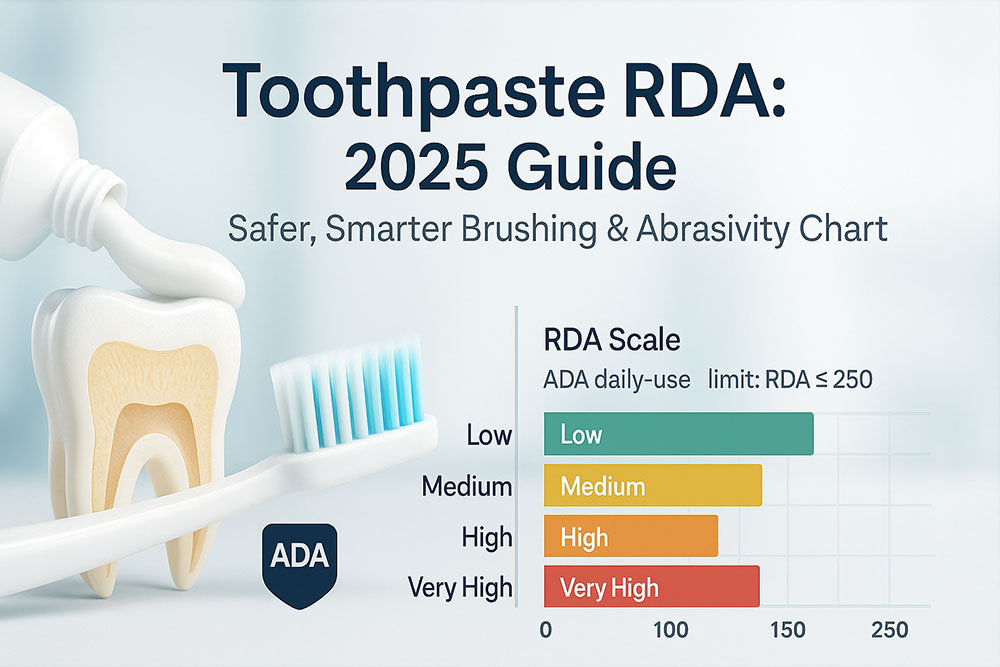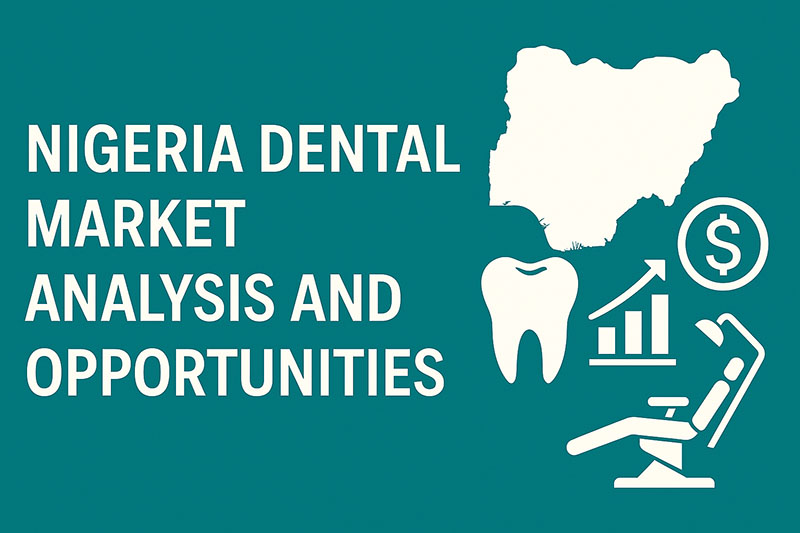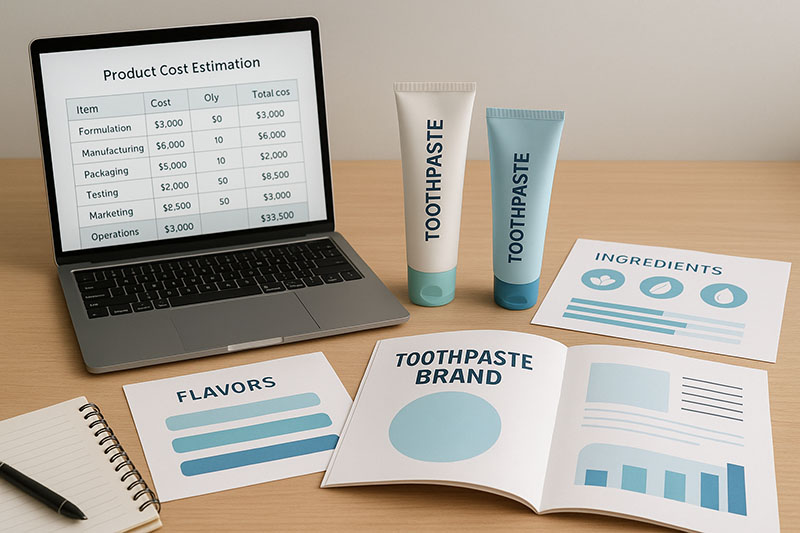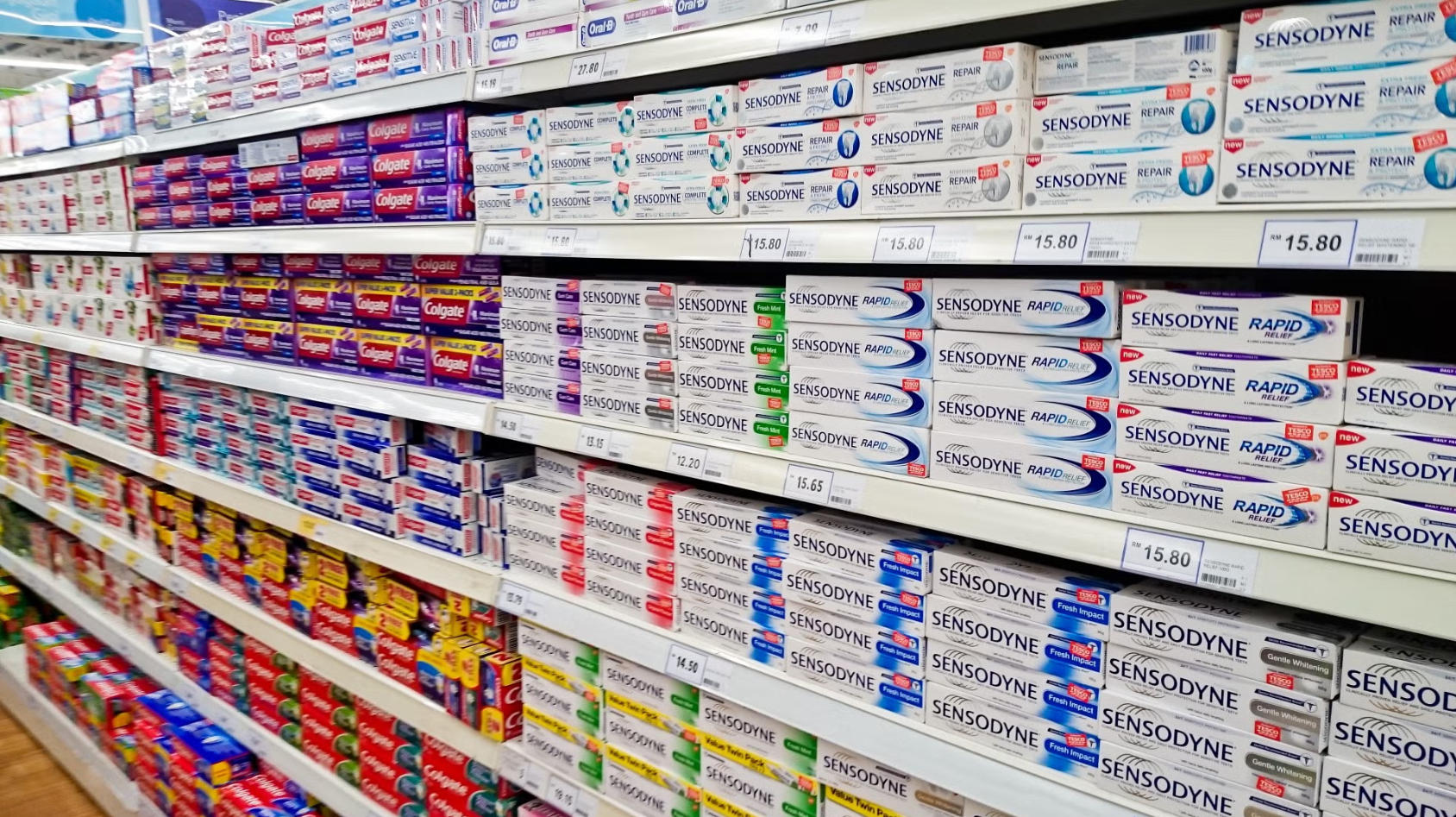RDA Toothpaste Chart: How to Check Abrasivity, ADA Approval
If you’ve ever searched for a “toothpaste RDA chart,” wondered whether a “low RDA toothpaste” cleans well, or tried to find the RDA value of your favorite whitening paste, this guide is for you. Below you’ll learn what RDA actually measures, how it’s tested, what “good” RDA ranges look like, how to check or estimate a product’s abrasivity, and how to choose the right paste for kids, sensitive teeth, cosmetic stain, or long-term enamel protection.
What is RDA in toothpaste?
RDA = Relative Dentin Abrasivity. It’s a standardized lab scale that quantifies how abrasive a dentifrice is against dentin under controlled brushing conditions. A specific reference abrasive is arbitrarily set to RDA 100; toothpastes are tested relative to that reference to get their RDA value. The American Dental Association (ADA) considers toothpastes at or below RDA 250 to be safe and effective for daily use, and cautions that RDA values below 250 shouldn’t be used to rank safety among products; they’re a lab metric, not a direct predictor of real-world enamel wear.
Key point: RDA is a lab number about abrasivity, not overall “good/bad.” Technique, toothbrush type, pH, chemistry, and saliva also matter.
How is RDA measured?
In RDA testing, dentin specimens are irradiated to allow precise measurement of brushed-off material. Test slurries of toothpaste are brushed on the specimens using a standardized machine and protocol (brush load, stroke count, time, slurry ratio). Removed material is quantified and compared to the reference abrasive set to RDA 100. The ISO toothpaste standard (originally ISO 11609, updated 2017) incorporates these abrasivity methods; 250 RDA is widely cited as the safe upper limit for daily-use dentifrices.
ADA guidance at a glance
Safety threshold: ADA Seal–accepted dentifrices must be RDA ≤ 250.
Don’t over-interpret the number: Below 250, RDA does not rank clinical safety; pastes at 80, 150, or 240 RDA can all be acceptable with proper use.
Brushing basics: Brush twice daily for two minutes with fluoride toothpaste; this remains the gold standard for caries prevention.
Typical RDA “buckets”
You’ll often see charts divide RDA into four buckets. These are convenient but informal groupings:
Low: ~0–70
Medium: ~70–100
High: ~100–150
Very high / up to the limit: ~150–250
These ranges appear across many compiled charts and brand resources, but always remember the ADA’s caveat above.
“Lower RDA cleans worse”… or does it?
Lower abrasivity generally removes extrinsic stains more slowly per stroke, but cleaning is not just abrasivity. Particle size, shape, chemistry, and solubility matter too. For example, baking soda has a very low RDA yet can remove plaque effectively, owing to its particle properties and chemistry.
Bottom line: If you drop from a typical medium-RDA paste to a low-RDA paste, stain removal may be slower, but you can often compensate with technique (gentle pressure, full two minutes, soft bristles), frequency, and periodic professional polishing.
Where can you find a toothpaste’s RDA?
There is no U.S. labeling requirement to print RDA on the tube. The FDA’s anticaries labeling rules (21 CFR §355.50) detail what must be on the label; RDA isn’t listed. (That’s why you rarely see it on packs.)
Ways to check:
Manufacturer website or professional datasheet (some brands publish specific RDA values for certain SKUs; e.g., Opalescence publishes RDA ~78 for its whitening toothpaste).
Email the company (many will provide RDA on request, or a range).
Independent compiled charts—use with caution because product formulas change; treat values as indicative, not absolute.
ADA Seal list—doesn’t list RDA, but confirms the product meets RDA ≤ 250 among other criteria.
Some manufacturers explicitly state that RDA disclosure is voluntary and handled differently across brands.
Representative RDA values
Use as a guide only. Formulas vary by region and time; verify with the brand for the latest figure.
Sensodyne Pronamel: often cited around RDA 34–37 (low).
Elmex Sensitive Plus: frequently listed around RDA 30 (low).
Opalescence Whitening Toothpaste: manufacturer states RDA ~78 (lower-middle).
Baking soda (sodium bicarbonate) itself: very low RDA (single-digits reported in charts), yet effective plaque removal is documented.
Assorted legacy charts list many mainstream whitening pastes with medium to high RDA values; again, treat as historical snapshots.
If you need an up-to-date RDA toothpaste chart 2025, the most reliable path is brand-specific verification plus ADA Seal status rather than relying solely on older compilations.
Selecting the right RDA by need
Sensitive teeth, recession, or heavy brushing
Prefer low RDA pastes (often ≤70) and a soft brush. Consider potassium nitrate or stannous fluoride for sensitivity, or hydroxyapatite formulations.
Ensure fluoride for caries prevention unless your dental professional has advised otherwise.
Everyday whitening and tea/coffee stain
A medium-RDA paste can help. If you’re sensitive or worried about wear, combine a lower-RDA paste with periodic professional cleanings or short stints of a higher-RDA stain-removing paste.
Orthodontic patients & kids
For children, RDA matters, but the amount of paste and brushing supervision matter more:
0–3 years: smear the size of a grain of rice.
3–6 years: pea-sized amount.
Supervise to ensure spitting, not swallowing.
RDA vs. real-world safety: what the ADA actually says
All ADA Seal toothpastes are RDA ≤ 250.
Clinical wear below 250 with proper technique is limited for dentin and virtually none for enamel, per ADA’s summary of the literature.
RDA below 250 cannot be used to rank safety among products.
This is why chasing the lowest possible number isn’t necessary for most people—fit, formulation, fluoride content, and your brushing habits matter just as much.
Formulation factors that influence cleaning beyond RDA
Abrasive type & morphology (e.g., silica vs. baking soda)
pH, detergents, and binders
Toothbrush (soft bristles; powered brushes often improve plaque removal without needing a highly abrasive paste)
Hydrogen peroxide or other chemical stain aids in whitening pastes
Authoritative resources emphasize these variables alongside RDA when advising patients.
How to check toothpaste RDA (step-by-step)
Look for the ADA Seal (guarantees RDA ≤ 250 and fluoride efficacy).
Search the brand’s professional page (many publish RDA in spec sheets; e.g., Opalescence).
Contact customer service and ask for the RDA value or range for your specific SKU.
Cross-reference with reputable RDA toothpaste charts (helpful for ballpark context, but verify recency).
Safety, standards, and regulation (ADA, ISO, FDA)
ADA & ISO: RDA testing methods are standardized; ISO 11609 defines requirements for dentifrices. The 250 upper limit is the accepted safety threshold for daily-use pastes.
FDA (U.S.) classification: Fluoride toothpastes are regulated under the OTC anticaries monograph (21 CFR Part 355; OTC Monograph M021) as over-the-counter drug products with specified actives and labeling.
Try Lidercare Now!
We Help You Launch New Products, And Continue To Grow. Try Us With 20% Off Your First Order!
Practical buyer’s checklist (2025)
Daily driver: Choose a fluoride toothpaste with ADA Seal in a low-to-medium RDA range that meets your needs (cavity prevention, sensitivity, modest whitening).
Heavy stain (coffee/tea/tobacco): You may use a higher-RDA stain-removal paste briefly and then return to your daily driver.
Sensitive teeth or exposed roots: Prefer low RDA and sensitive-care actives; avoid aggressive whitening scrubs.
Kids: Follow the rice-smear / pea-size rules and supervise.
Electric brush: Often improves plaque removal with less pressure, letting you pair it with a gentler (lower-RDA) paste.
Frequently asked questions
Q1) What is the ADA RDA scale?
A standardized abrasivity scale where a reference abrasive = RDA 100; RDA ≤ 250 is required for the ADA Seal and considered safe for daily use.
Q2) What’s a “good” RDA value?
For most people, low–medium RDA is appropriate. But the ADA cautions you can’t rank safety among pastes under 250 just by the number; choose by needs + technique.
Q3) How do I check toothpaste RDA?
Look for brand disclosures, ask the manufacturer, consult RDA charts as context, and confirm ADA Seal (RDA ≤ 250).
Q4) Is Sensodyne ADA-recommended?
Many Sensodyne variants carry the ADA Seal; you can search the ADA product database to confirm specific SKUs.
Q5) How much toothpaste should I use?
Adults: a standard ribbon is fine. For kids: rice-grain smear (0–3 years) and pea-size (3–6 years), with supervision to spit, not swallow.
Q6) Is brushing 3 times a day too much?
The ADA recommends twice daily for 2 minutes. A third gentle brush can be OK for some, but don’t scrub—use a soft brush and gentle technique to avoid wear.
Q7) What’s the healthiest toothpaste to use?
One that contains fluoride, fits your needs (sensitivity, anti-gingivitis, whitening), and ideally has the ADA Seal. RDA ≤ 250 is the standard for daily use.
Q8) How do I know if a toothpaste is ADA approved?
Look for the ADA Seal on pack or search the ADA Seal database.
Q9) Why do some people avoid fluoride?
Personal preference or misinformation. In the U.S., fluoride dentifrices are regulated under the OTC anticaries monograph and are proven to reduce caries when used as directed.
Q10) What is the FDA classification of toothpaste?
Fluoride dentifrices are regulated as OTC anticaries drug products under 21 CFR Part 355 / OTC Monograph M021 with specific actives and labeling.
Q11) What’s generally true about cleaning when RDA is lowered for a “normal” toothpaste?
Cleaning/stain removal per stroke may decrease as abrasivity drops, but overall plaque control can remain excellent with proper technique, adequate time, and modern abrasives (e.g., baking soda evidence).
Q12) Do whitening toothpastes always mean high RDA?
Not always. Some publish moderate RDA values (e.g., Opalescence ~78) and rely on chemistry and optimized silica rather than harsh scrubbing.
Table of Contents
Awesome! Share to:
Latest Blog Posts
Check out the latest industry trends and take inspiration from our updated blogs, giving you a fresh insight to help boost your business.




